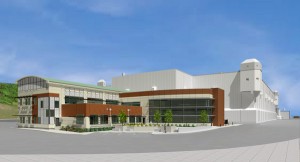
Pictured above is the proposed Uranium Processing Facility at Y-12 National Security Complex, with the administrative area in the front and the fortified section of the building in the rear. (Submitted image)
The proposed multi-billion-dollar building that would process uranium at the Y-12 National Security Complex should be buried below ground, an Oak Ridge nonprofit organization and a Washington, D.C.-based group told federal safety officials in a Monday letter.
The groups planned to make their request during an all-day meeting and public hearing of the Defense Nuclear Facilities Safety Board in Knoxville on Tuesday. The board is meeting in two sessions from 8 a.m. to noon and 2 to 6 p.m. today (Tuesday) at the Knoxville Convention Center.
The Monday letter was from the Alliance for Nuclear Accountability in Washington, D.C. Among the dozen signatories is Ralph Hutchison, coordinator of the Oak Ridge Environmental Peace Alliance, a group that has long been critical of the nuclear weapons work at Y-12. OREPA said the letter’s signatories represent thousands of members at sites across the country.
“We believe, as a preventive measure, the Safety Board should insist on a below-grade design for the UPF,†the ANA letter said. “Failure to do so will compromise all other safety efforts of the board and place the community at risk—a risk that can largely be avoided if the UPF is designed as an underground or below-grade facility.â€
The ANA said an above-ground facility presents six vulnerable surfaces to potential attackers, while a below-ground building can be designed and constructed to present one limited vertical surface vulnerability at a tightly controlled port.
The vulnerability of above-ground facilities was demonstrated during the July 28, 2012, security breach at the Highly Enriched Uranium Materials Facility at Y-12, the organization said.
During that unprecedented breach, “an 82-year-old nun and two middle-aged men penetrated the inner security zone at Y-12 and painted peace slogans on the walls,” the ANA said. “Measures taken since then may have increased the capacity of Y-12 personnel to rebuff a ground approach, but the location of an above-ground facility in a narrow, shallow valley surrounded by uncontrolled, heavily wooded ridges carries profound risks which cannot be remediated by better personnel training, functioning detection equipment, or additional physical barriers.”
The ANA said it is difficult to predict the likelihood of an attack on the UPF, but it would be a singular target for terrorists and the below-ground placement would dramatically reduce the risk level.
A 2004 report from the U.S. Department of Energy Inspector General and a 2006 report from the Project on Government Oversight said a below-grade facility will be more secure and less expensive than an above-grade facility, OREPA and the ANA said in a press release Monday.
“As people who live in the region, we recognize this is the point where safety and security meet,” Hutchison said. “The decision to move forward with a design that is less safe than it could be is a decision to increase the risk to workers and the communities downwind and downstream from Y-12. It is unacceptable.â€
Hutchison said OREPA will also ask the Safety Board on Tuesday to conduct and make public a safety audit of the existing facilities, Building 9212, where nuclear weapons production operations are ongoing.
“This is a Jekyll-and-Hyde facility,†Hutchison notes. “One minute it is old and deteriorating and has to be replaced by a $20 billion UPF; the next it is safe to operate until 2025 or 2030. We have no way of know the truth—or how much our risk is—without seeing clear, precise information. The kind of audit we want would also help us understand if 9212 can be downsized and modernized in place for something less than $20 billion.â€
Hutchison was referring to the estimated cost of the UPF, which is not expected to be operational for another decade or more. The official cost estimate is still in the range of $4.2 billion to $6.5 billion, although there are unofficial reports of other higher cost estimates.
The UPF is the largest construction project by the federal government in Tennessee since World War II, and construction could last another decade. The DNFSB on Tuesday is expected to assess the safety of ongoing operations and plans for the new UPF, among other things.
Among the groups signing the ANA letter on Monday were Physicians for Social Responsibility in Kansas City, Mo.; Nuclear Watch New Mexico and Concerned Citizens for Nuclear Safety in Santa Fe; Rocky Mountain Peace and Justice Center and Colorado Coalition for the Prevention of Nuclear War in Boulder, Colo., and Denver; and Residents for Environmental Safety and Security in Piketon and Fernald, Ohio.
See the letter here:Â ANA Letter to DNFSB.
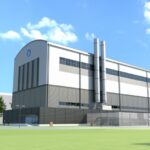

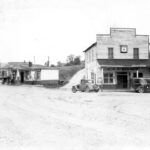
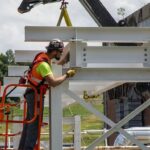
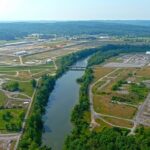
Leave a Reply